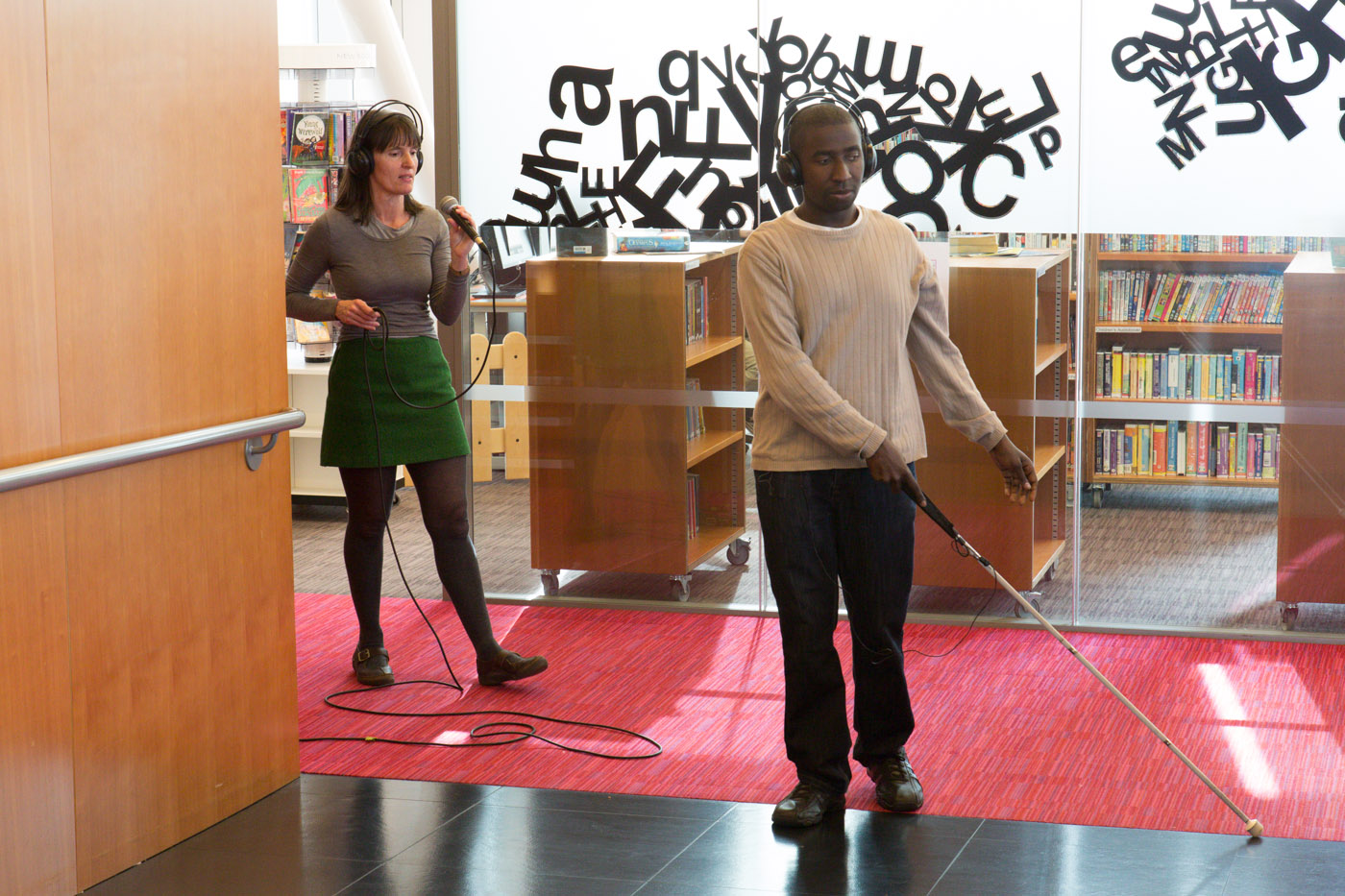Introducing Project 20…. Salamanda Tandem 2009 – 2011
Project 20 – Background
Salamanda Tandem have a long established practice in the ethics and aesthetics of arts work with people, we’ve been interested in issues of arts and wellness, inclusivity and equitable processes. Project 20 aims to communicate the underlying core principles, values and methods that have made salamanda tandem’s practice consistent and purposeful, and in dialogue with other experienced practitioners, make them visible to a wider public.
Over a 20 year period, Salamanda Tandem has developed long term relationships with many associate artists across dance, music, and the visual arts, and established meaningful collaborations in the fields of academia, social care, health and wellbeing. Project 20 provides a platform to involve these experienced practitioners as well as other key organisations and individuals in the east midlands, in order to help identify and grow an understanding of the aesthetic and ethical ingredients that define ‘quality’ in participatory arts and in socially engaged arts practice.
Project 20 – Funding and Partners
Project 20 is supported financially by Arts Council England (East Midlands), National Lottery through arts Council England and Nottinghamshire County Council
Salamanda Tandem launched Project 20 in October 2009 at the EMPAF Participatory Arts conference – Passion, Partnerships and Empowering People which was held at Derby QUAD
Partners supporting Project 20 are: EMPAF ( East Midlands Participatory Arts Forum), the Foundation For Community Dance, New Art Exchange, Derby Quad, Nottingham Contemporary, Level Centre, Embrace Arts, Lincoln Centre For Performing Arts, EMARAN ( East Midlands Arts in Rural Areas Network), Leeds University – Department of Performance and Culture, EM School of Social Entrepreneurs, Nottinghamshire County Council Inclusion Team, The Water Tower Northants, and Arts Council East Midlands.
Project 20 – Events
October 2009 – November 2010
Salamanda Tandem have run a series of targeted seminars, training courses and special events across the East Midlands;
EMPAF Conference at Derby QUAD – seminar led by Isabel Jones – A round ownership,
Derby Quad – The Art of Participation – October – November 2009 – salamanda tandem case study and installation on exhibition
Image: Salamanda Tandem, Dancers: Victoria, Mickel, Lisa, Julie and Alice, Design: Richard Hughes, Photo: Geoffrey Fielding
The Foundation for Community Dance (FCD) – Dance and Ethics led by Isabel Jones and Miranda Tuffnell at The Curve, Leicester
FCD – Dance and Disabled People summer school at De’Montfort Uni. with course leader Isabel Jones and visiting dance and disabled people tutors: Jo Verrant, Lisa Simpson and DJ
New Art Exchange – Sound Connection Dec 2009 seminar led by Isabel Jones with Nottinghamshire Parents with Children on the Autistic Spectrum
Lincoln Centre for Performing Arts, Lincoln University. – 2 seminars led by Isabel Jones – a Community Dance Seminar 2009 and a Therapeutic Dance Seminar – Nov 2010.
EMPAF at The Palace Media Centre – seminar networking event with EMPAF partners and salamanda tandem contributing
Rufford Arts Centre – training event led by Isabel Jones – Arts Work With People – conduits of access with Nottinghamshire County Council
Work and Play Project Telford – an arts project for learning disabled people – 3 year evaluation and arts training project – led by Isabel Jones salamanda tandem and Kevin Hodgetts Arty Party.
Lincolnshire Dance – Aiming Higher for Disabled Children Training Project led by Isabel Jones and Stella Couloutbanis
Rufford Arts Centre Gallery – Schools Out – Salamanda Tandem case study and installation on exhibition with Artists Duncan Chapman, Geoffrey Fielding and Isabel Jones and Newark Orchard Special School, February – March 2010
De Montfort University Seminar – Inclusive dance October 2010
The Water Tower, Northamptonshire – 3 day collaborative event September 2010 between learning disabled artists and salamanda tandem. Performances and an outdoor exhibition

